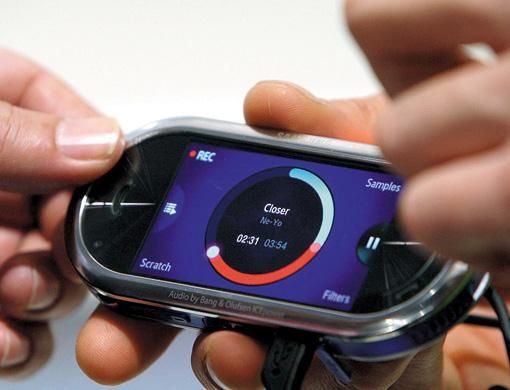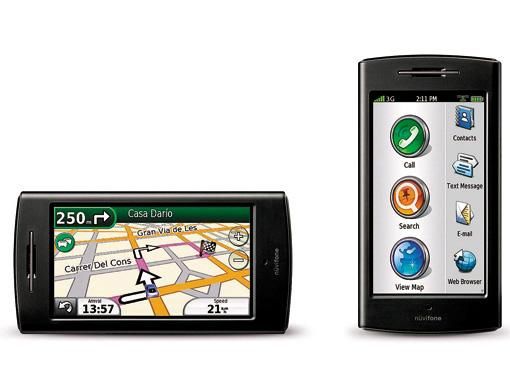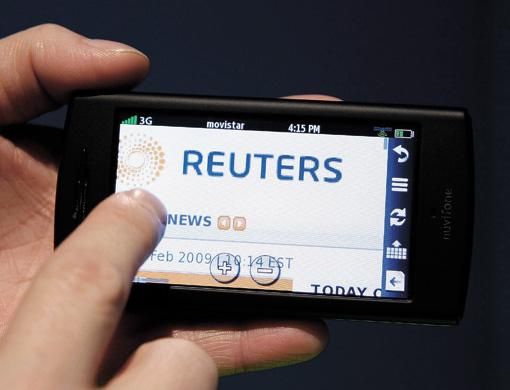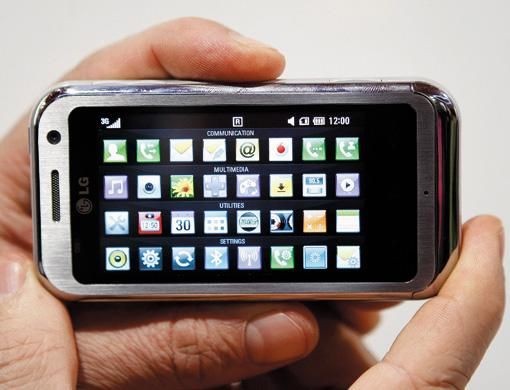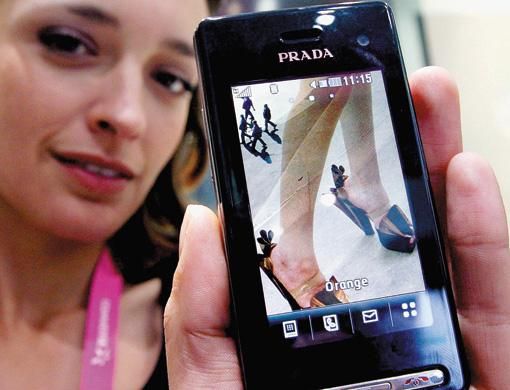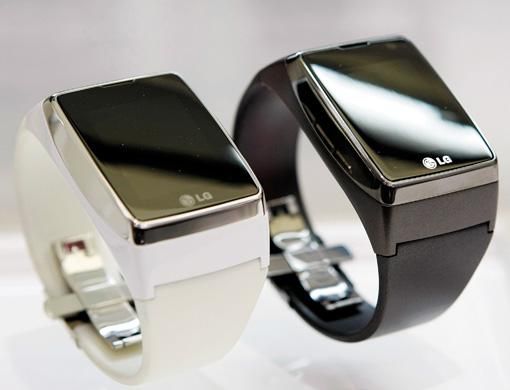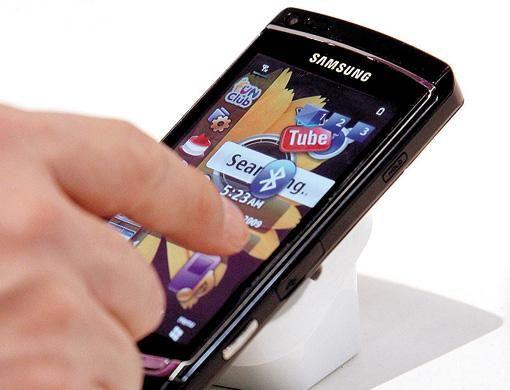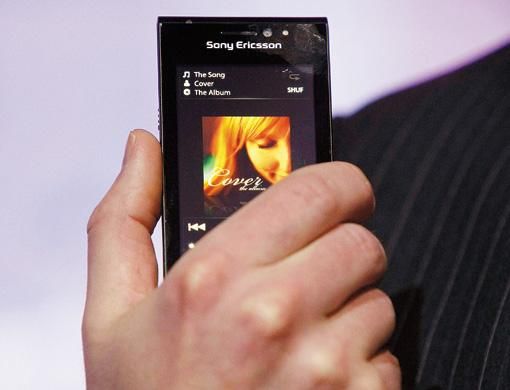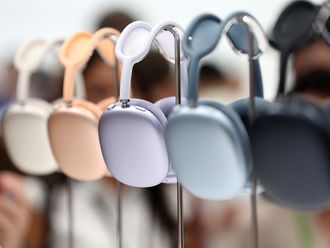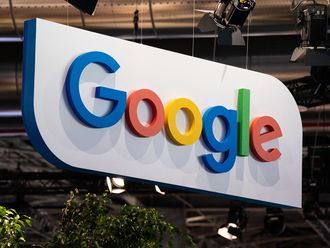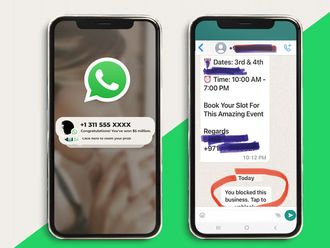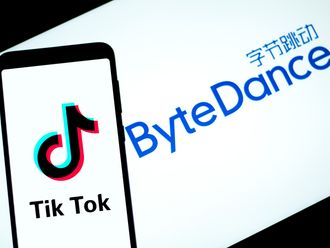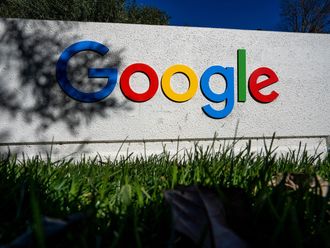The Mobile World Congress is a huge technology show devoted to mobile phones, products and services, and over four days (February 16 to 19) in Barcelona, mobile phone makers tried their hardest to out-do each other with an increasingly high-technology range of handsets and software. Each of their devices is now less like a mobile phone and more a mobile computer.
Although Apple was not at the show, its hugely popular iPhone continued to have a big impact on the way other mobile phone companies conducted their business. Like it or loathe it, the innovative design and intuitive user interface of Apple's flagship device has raised consumer expectations and thrown a gauntlet down to competitors.
Microsoft unveiled a new-look operating system that incorporates some of the simplified design features and touch controls usually associated with the iPhone, as well as MyPhone, a data synchronisation service that will allow "Windows Phone" users to back-up all the photos, music, contacts and text messages stored on their handset to an online storage area for easy retrieval. Several of the phones at the show could render digital cameras and camcorders obsolete.
Sony Ericsson's Idou has a 12-megapixel image sensor built in, which puts it on a par with some semi-professional cameras. Samsung's Omnia HD, meanwhile, can use its built-in eight-megapixel camera to shoot high-definition footage, and stream it wirelessly to compatible televisions and computers. This is crucial if phone makers are going to realise their ambition of turning handsets into "home media hubs".
"Green" technology featured heavily at the show. Both LG and Samsung showed off mobile phones that could be powered by sunlight, while a coalition of all the major manufacturers announced that they had agreed on a type of universal phone charger – eliminating the waste of a new charger in every box, while making life easier and much less full of cables.


